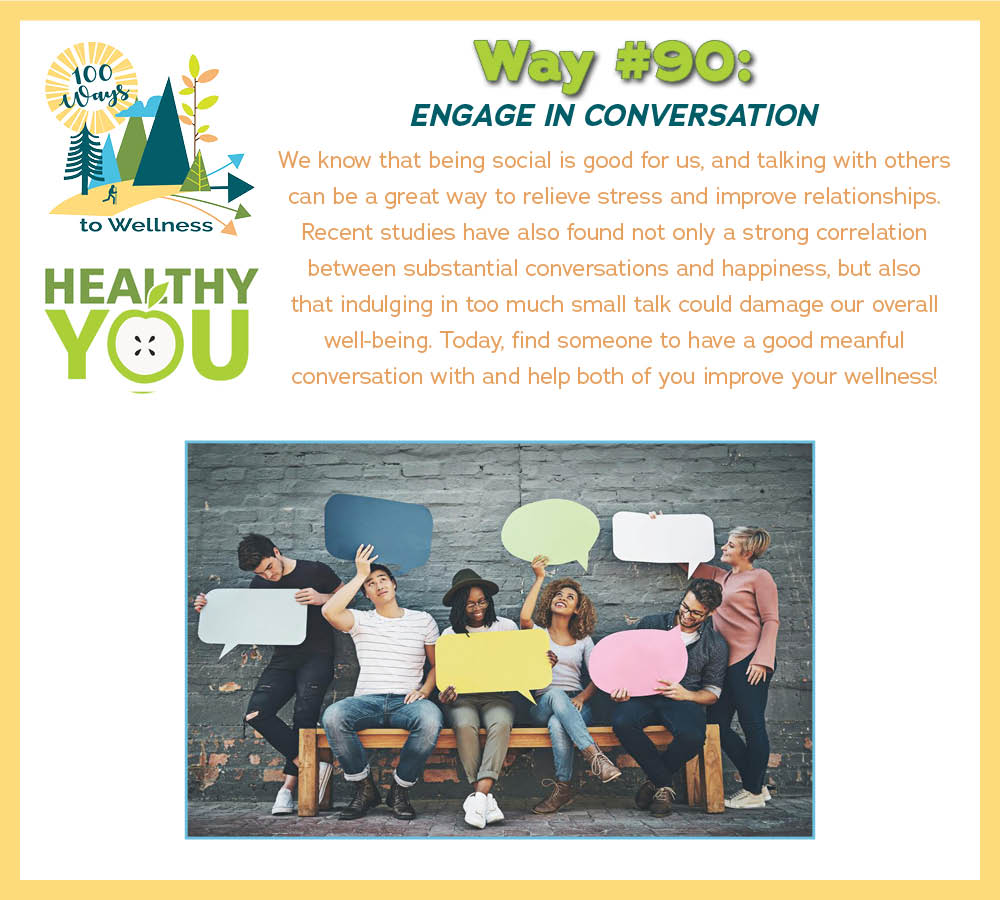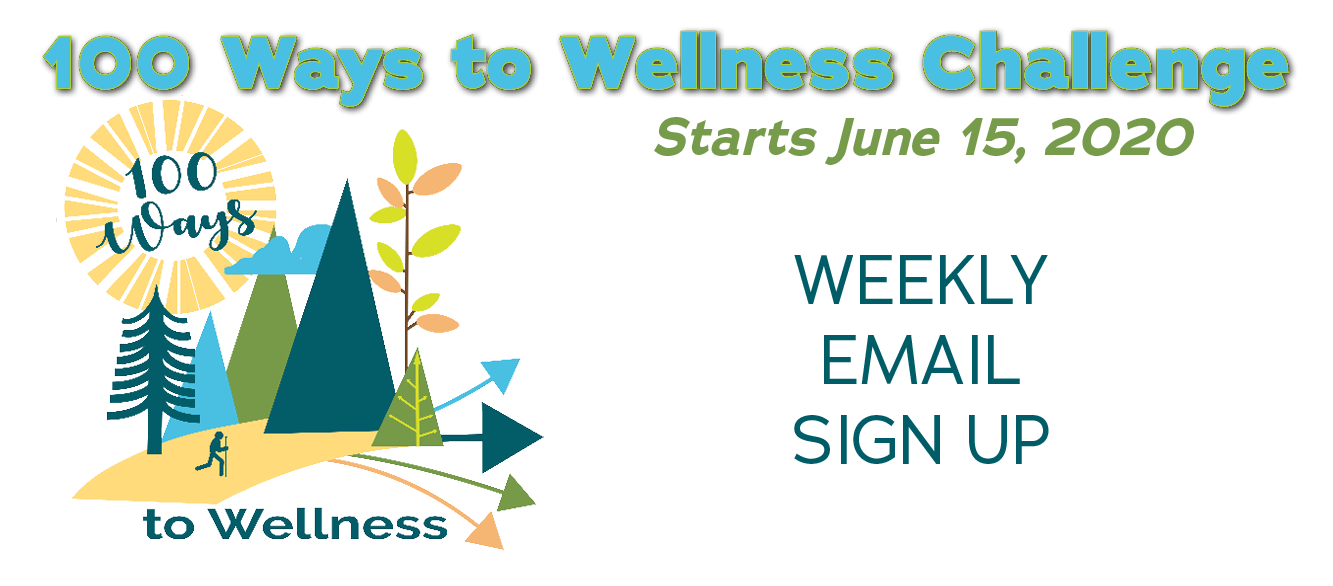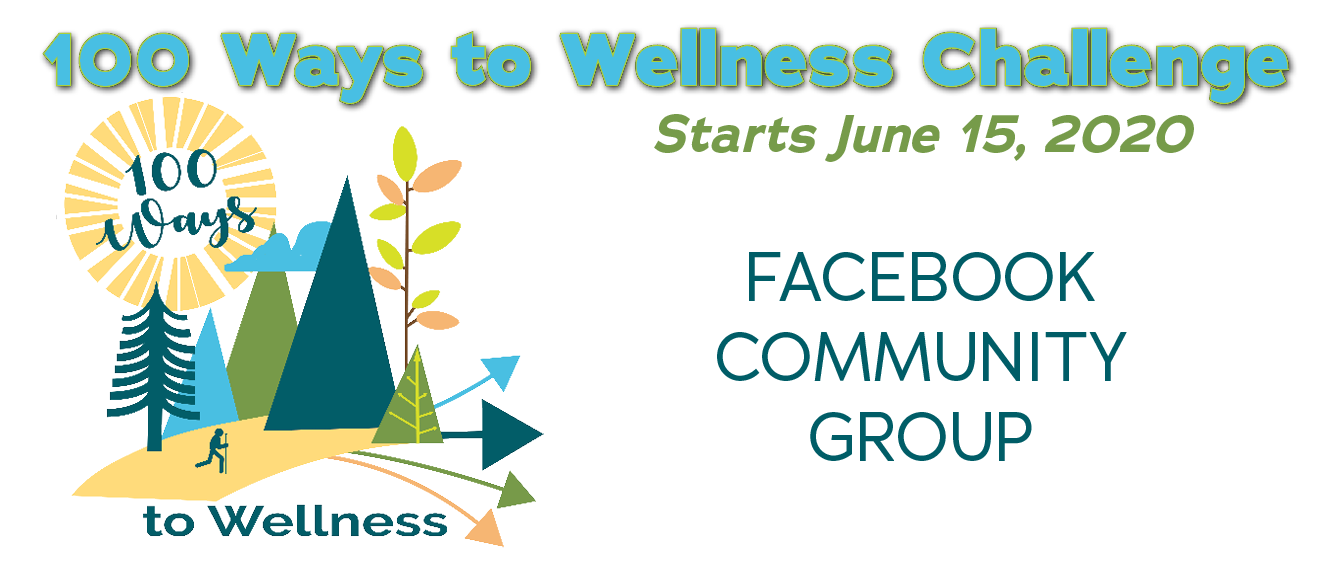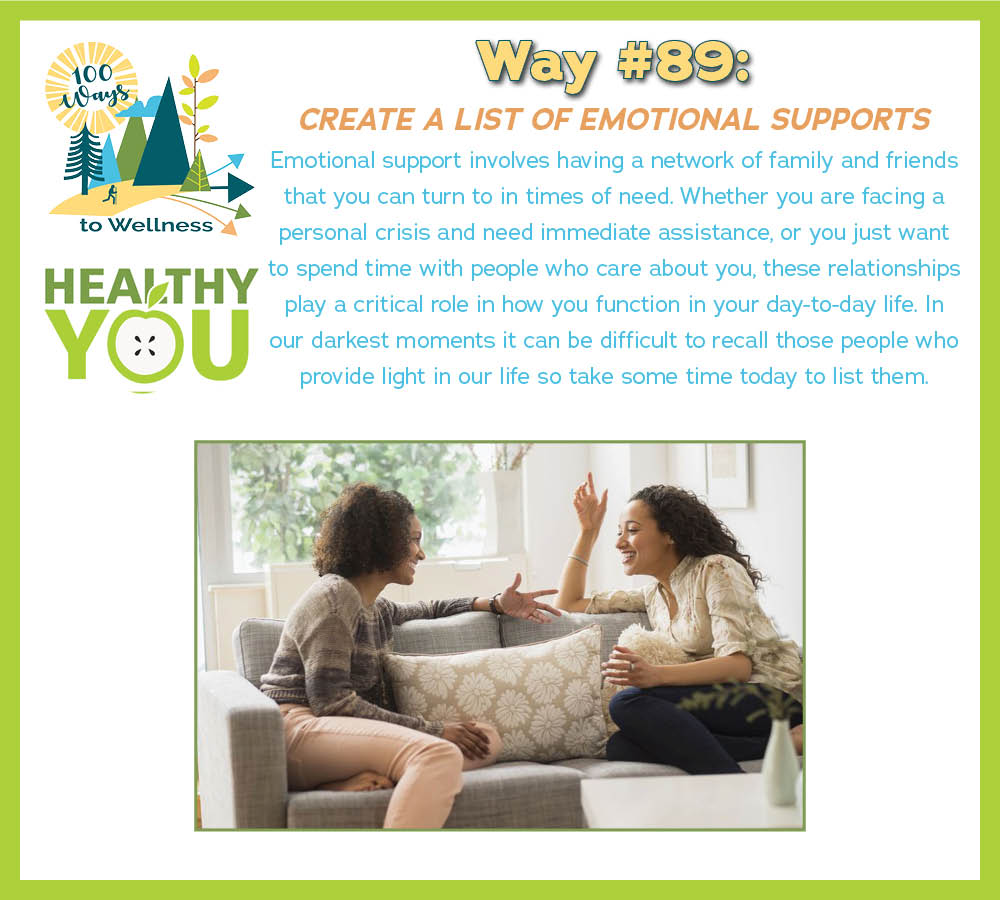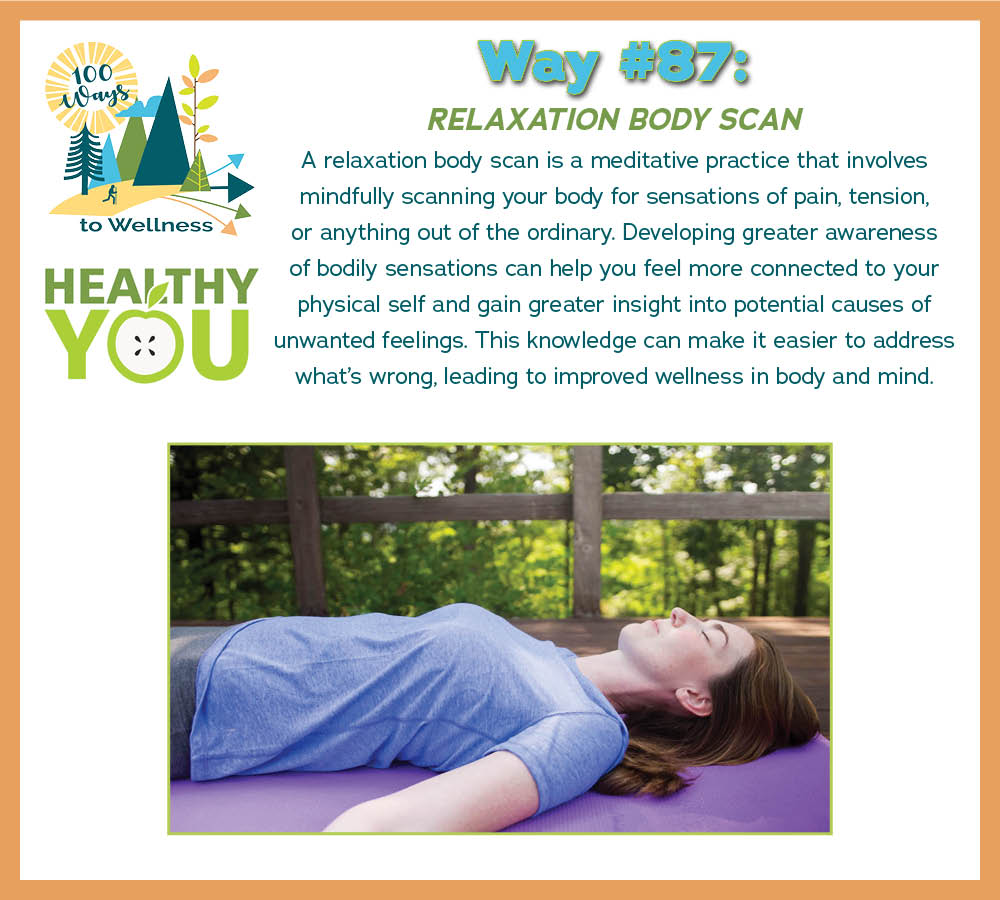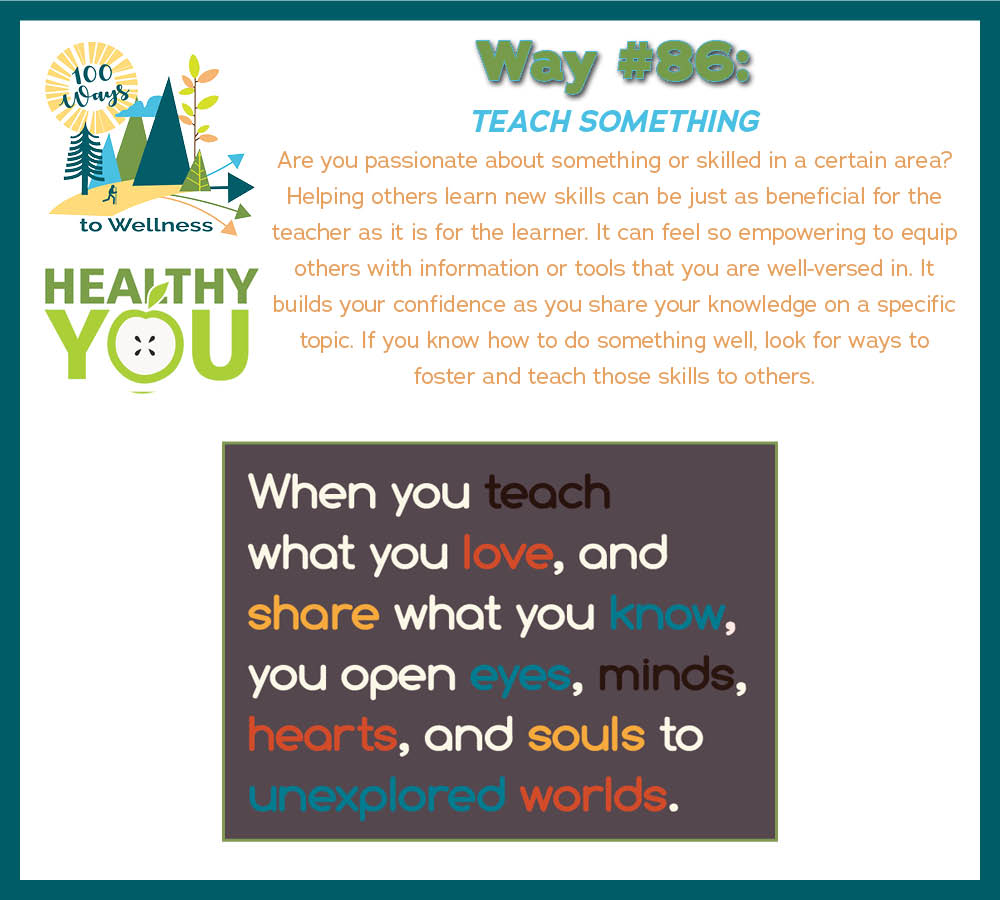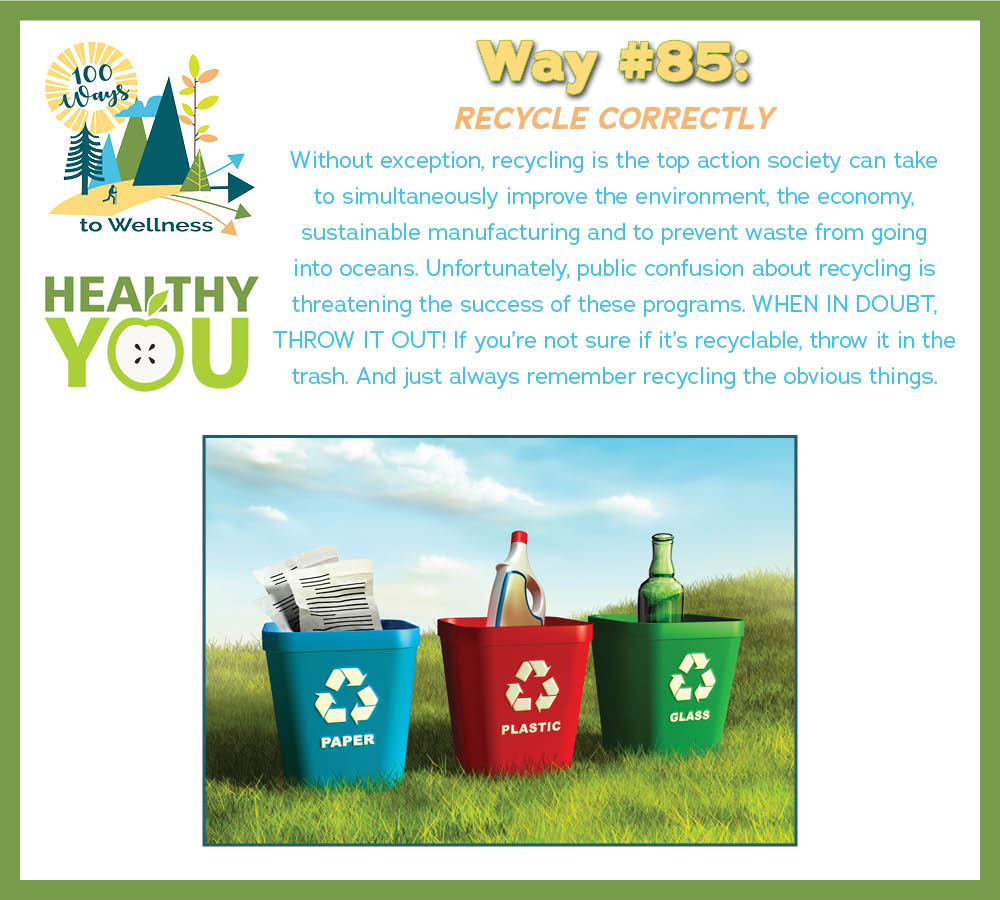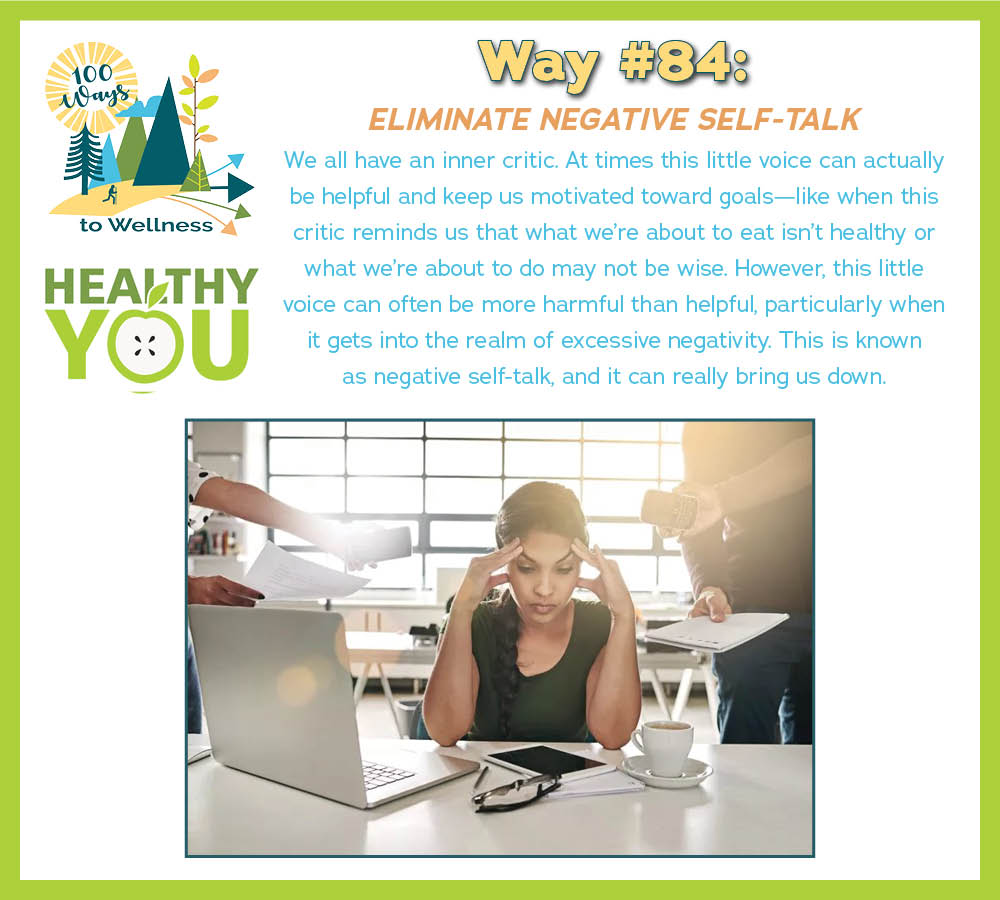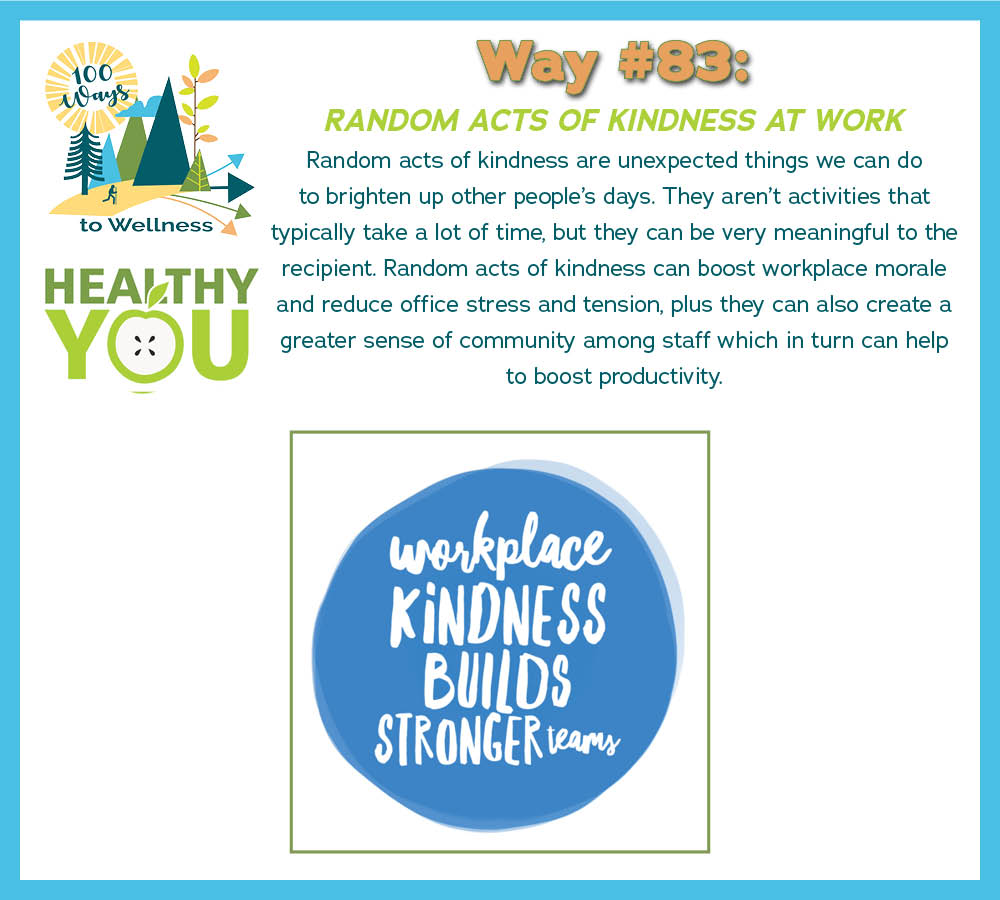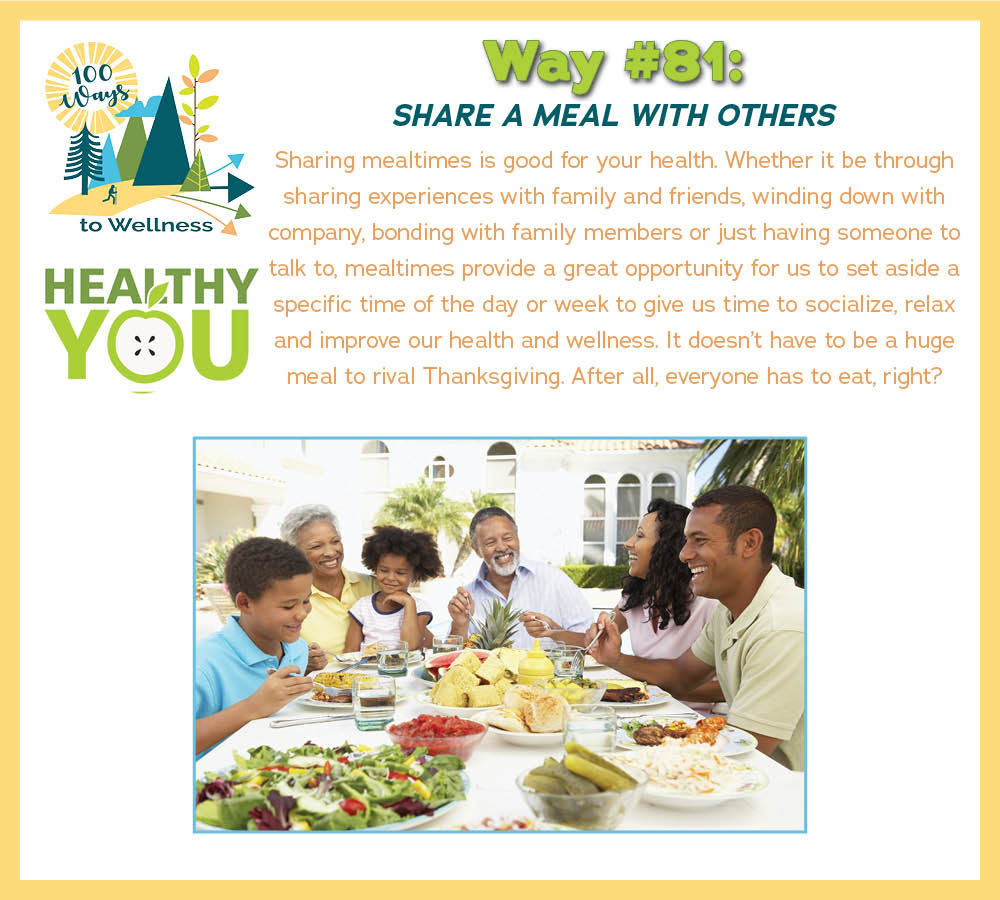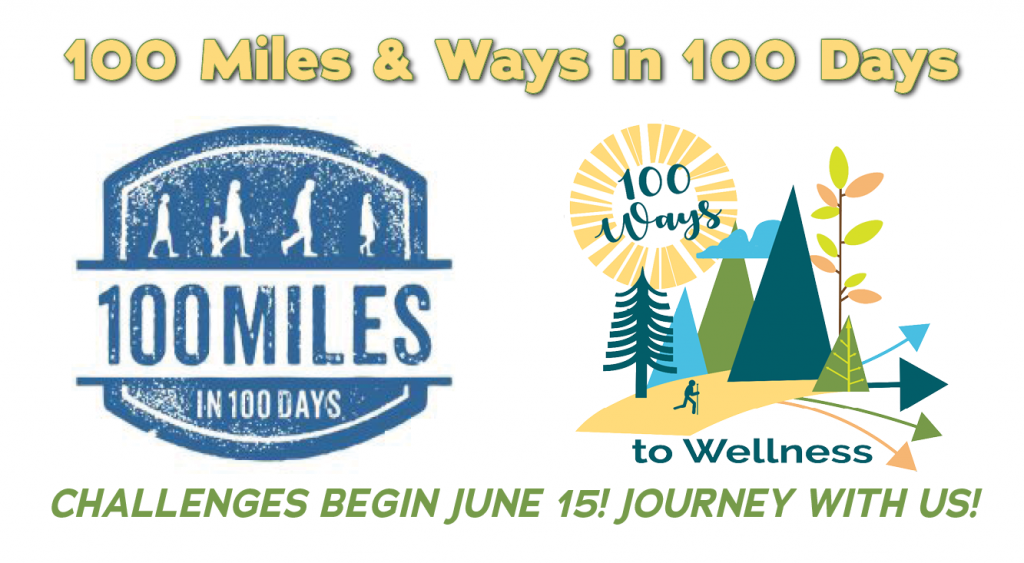
CLICK THE IMAGE ABOVE to watch Wellness Wednesday LIVE from 6/10/20 with Healthy You Program Director, Bethany Zell, as she outlines the upcoming challenges and how you can get involved!
Summer plans get disrupted? Join Heathy You for the 100 Ways to Wellness Challenge from anywhere! Learn 100 simple ways to move toward improved health and wellness with daily challenges and easy action steps. Completely self-paced, you decide how involved you want to be and how you receive your daily challenge information – by email, on the Healthy You Facebook page or by visiting this dedicated page on the Cary Medical Center website. Join the Healthy You Community Facebook group and join in the conversation for extra accountability and to connect with others who are taking the 100 Ways to Wellness Challenge with you!
USE THE LINK IMAGES BELOW TO RECEIVE THE CHALLENGES IN YOUR EMAIL INBOX AND/OR TO JOIN THE FACEBOOK COMMUNITY GROUP!
